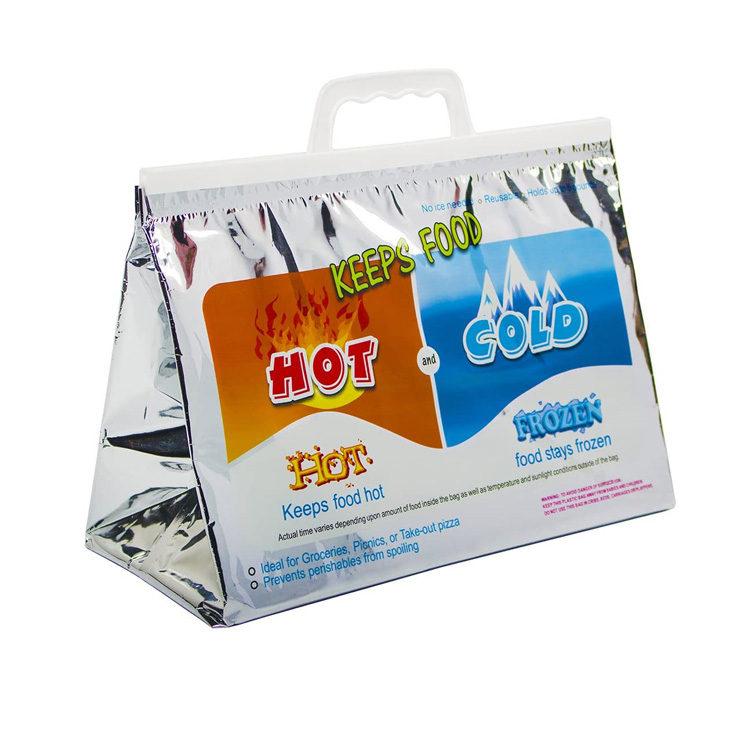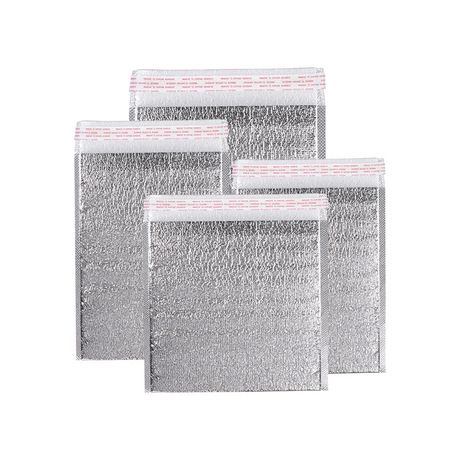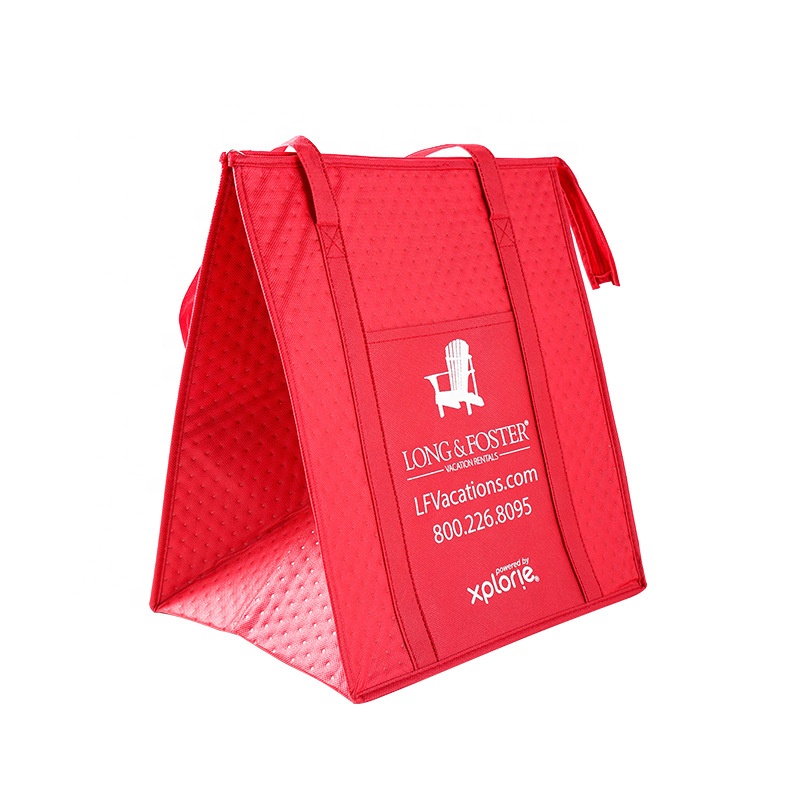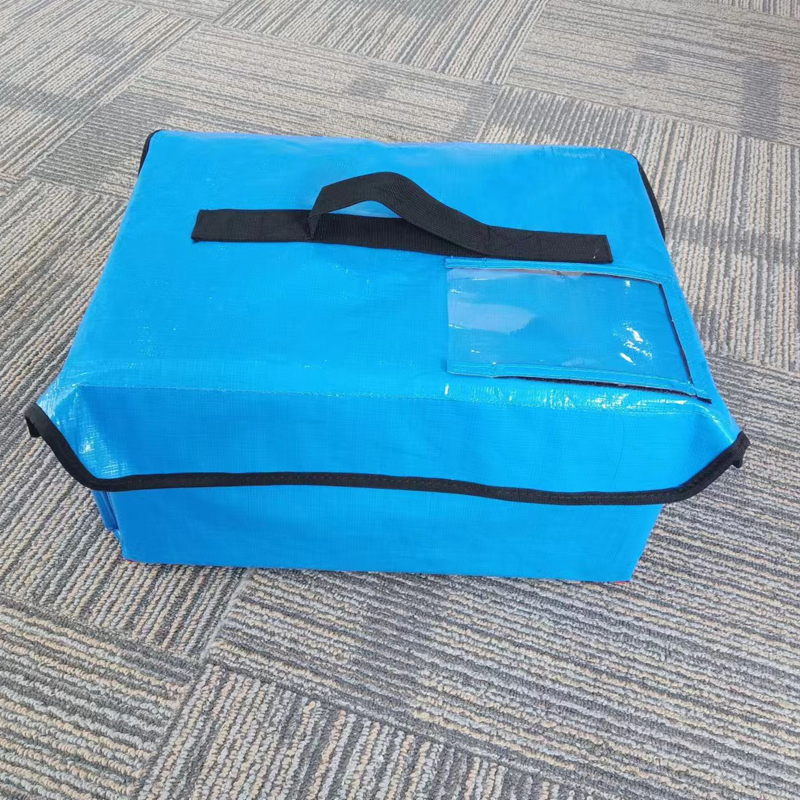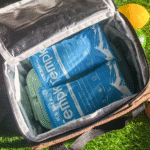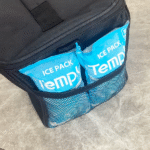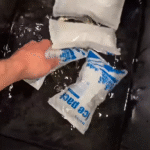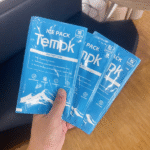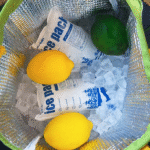Best Way to Pack a Cooler with Dry Ice
Packing a cooler with dry ice is one of the most effective ways to keep your food and beverages frozen for extended periods, especially during long trips or shipping. Dry ice, much colder than regular ice, provides an efficient and cleaner cooling solution for various applications. Here’s how to pack your cooler with dry ice to ensure everything stays at the perfect temperature.

What is Dry Ice and Why Should You Use It?
Dry ice is solid carbon dioxide (CO₂), which remains at a much lower temperature than regular ice—around -109.3°F (-78.5°C). The main advantage of using dry ice is its ability to keep items colder for longer, without creating water mess as regular ice does.
How Does Dry Ice Work?
Dry ice works by sublimating directly from solid to gas, which absorbs heat, lowering the surrounding temperature. It doesn’t melt into water, keeping your food clean and dry, unlike regular ice.
Benefits of Dry Ice Over Regular Ice
-
Longer Cooling Duration: Dry ice lasts much longer than regular ice—up to 24-48 hours depending on the cooler’s insulation and external conditions.
-
No Water Mess: Unlike regular ice, dry ice doesn’t melt into water, keeping the inside of your cooler dry.
-
Lower Temperature: Dry ice keeps your food at a much colder temperature than traditional ice, making it perfect for long-term storage of frozen items.
| Feature | Dry Ice | Regular Ice | Impact on Packing |
|---|---|---|---|
| Temperature | -109.3°F (-78.5°C) | 32°F (0°C) | Dry ice keeps cooler much colder. |
| Duration | 24-48 hours | 4-6 hours | Dry ice lasts longer, reducing need for frequent replacements. |
| Residue | No | Yes (water) | Dry ice leaves no residue, unlike regular ice. |
How to Pack a Cooler with Dry Ice?
Step 1: Choose a Well-Insulated Cooler
Selecting a high-quality cooler with thick insulation is crucial. A good cooler will help maintain a stable temperature for longer periods, maximizing the effect of dry ice.
Step 2: Handle Dry Ice Safely
Always wear gloves or use tongs to handle dry ice to prevent frostbite. Dry ice can be dangerous if touched directly, as its temperature is extremely low.
Step 3: Layering Your Cooler
-
Bottom Layer: Place regular ice or a layer of insulation at the bottom of your cooler. This will help maintain a steady temperature and prevent the dry ice from touching the cooler directly.
-
Dry Ice Layer: Place the dry ice on top of the regular ice or insulation. Ensure it does not come into direct contact with food, as it can freeze it too much.
-
Insulating Layers: Consider using foam or newspapers to separate food items from the dry ice. This will help direct the cooling power exactly where it’s needed.
Step 4: Seal the Cooler Properly
Make sure to close the cooler tightly, but don’t seal it completely. Dry ice sublimates into gas, and some ventilation is needed to prevent pressure buildup. Store the cooler in a cool, shaded area for the best results.
How Much Dry Ice Should You Use?
The amount of dry ice you need depends on the size of your cooler and the length of time you need to keep things cold. A general rule of thumb is that 5-10 pounds of dry ice is enough for a 24-hour trip in a standard cooler. For longer trips, increase the amount of dry ice accordingly.
Best Practices for Shipping with Dry Ice
Shipping temperature-sensitive products such as pharmaceuticals, meats, or seafood can benefit from dry ice. Ensure your cooler is designed for dry ice use, with proper ventilation to avoid any pressure-related accidents. Also, ensure that you are compliant with the shipping regulations regarding dry ice, as it is classified as a hazardous material.
2025 Trends in Dry Ice Use for Coolers
Innovative Cooling Solutions
In 2025, advancements in cooler designs and dry ice packaging have made it easier to keep items cold longer without worrying about melting or leakage. New insulated coolers designed specifically for dry ice are helping improve cooling efficiency while minimizing risks.
Growth in Demand for Cold Shipping Solutions
The demand for dry ice in cold shipping continues to grow, driven by industries like pharmaceuticals and food. With consumers expecting fast, fresh deliveries, packaging solutions that use dry ice are becoming increasingly important for businesses that require reliable temperature control.
FAQ – Common Questions About Packing a Cooler with Dry Ice
Q1: Can I use dry ice in any cooler?
Yes, you can use dry ice in most coolers, but ensure the cooler has adequate insulation. Avoid sealed, airtight coolers as they can trap gas and cause pressure buildup.
Q2: How long will dry ice last in my cooler?
Dry ice can last 24-48 hours in a well-insulated cooler. The exact duration depends on factors like external temperature and how often the cooler is opened.
Q3: Can I pack food directly with dry ice?
It’s not recommended to pack food directly with dry ice. Use insulation or a barrier to prevent direct contact, as dry ice can freeze the food too much.
Conclusion
Packing a cooler with dry ice is an excellent way to keep your food and beverages colder for longer periods. Whether for a long trip or shipping perishable items, using dry ice efficiently is key. Ensure proper insulation, safe handling, and correct amounts to maximize the cooling effect.
Next Step: When preparing for your next trip or shipping, consider using dry ice to keep everything frozen. Choose the right cooler, handle dry ice safely, and follow the steps outlined for maximum efficiency.
About Tempk
At Tempk, we specialize in offering high-quality temperature-controlled packaging solutions, including insulated coolers that optimize the use of dry ice. Our products ensure that your items stay safe and fresh, whether you’re shipping or traveling. Contact us today to learn more about our cold chain solutions.
Take Action: Reach out to us for more professional advice on using dry ice in your coolers!









